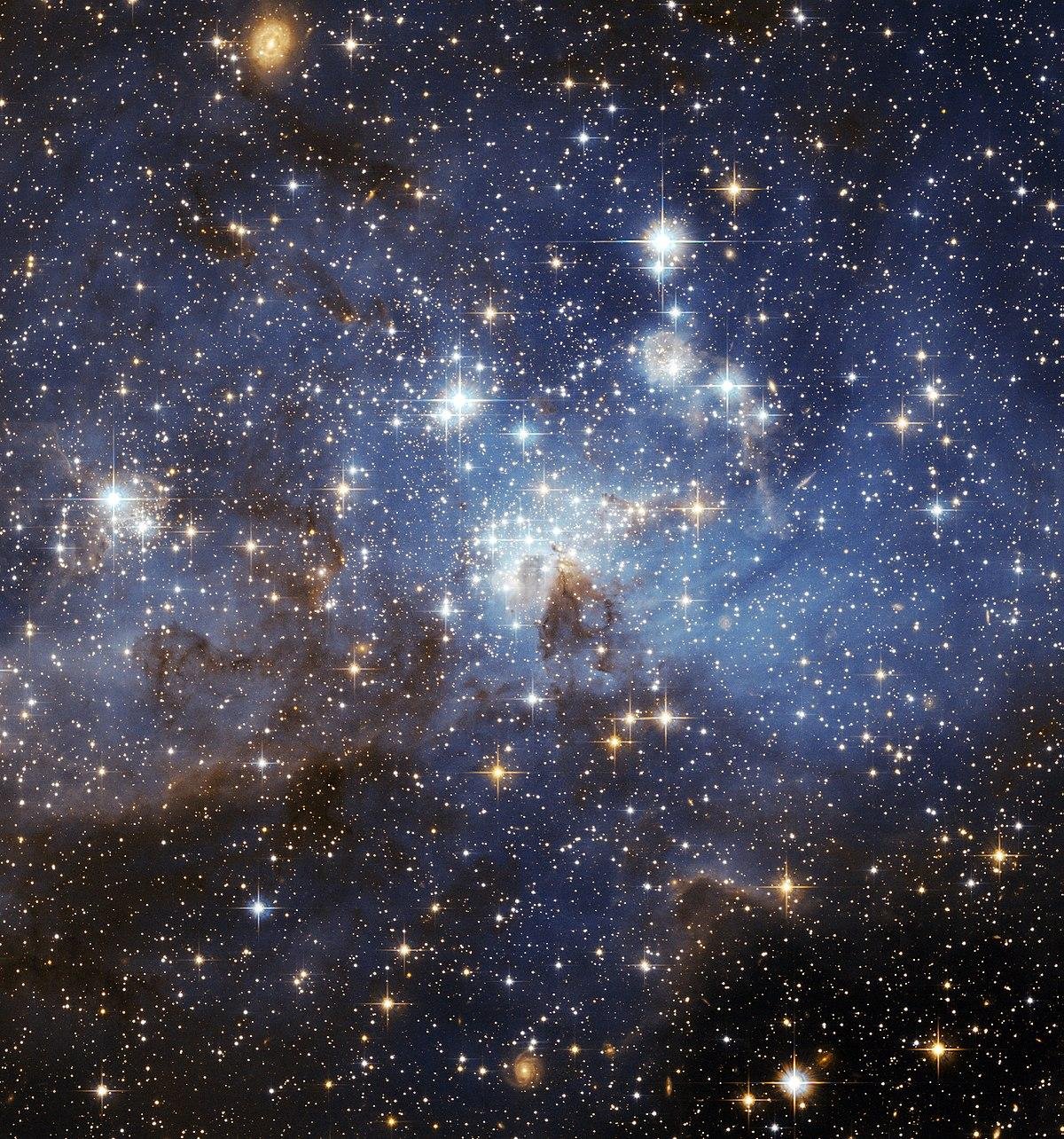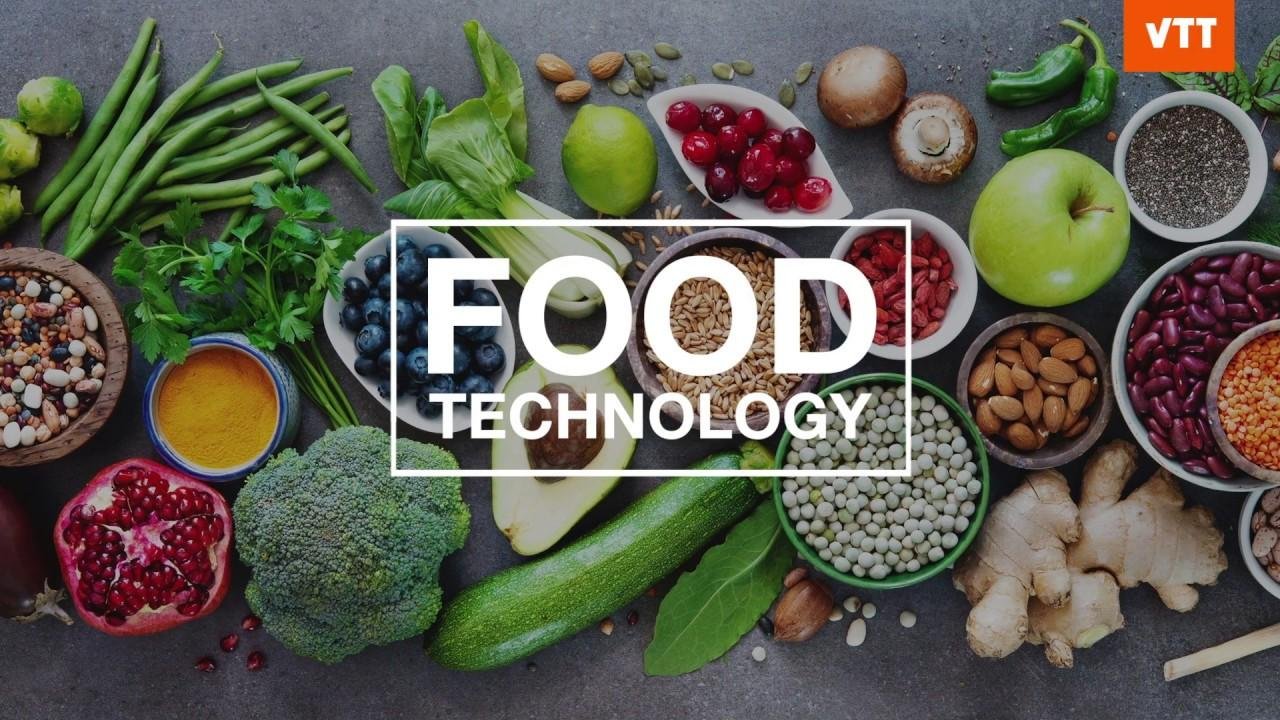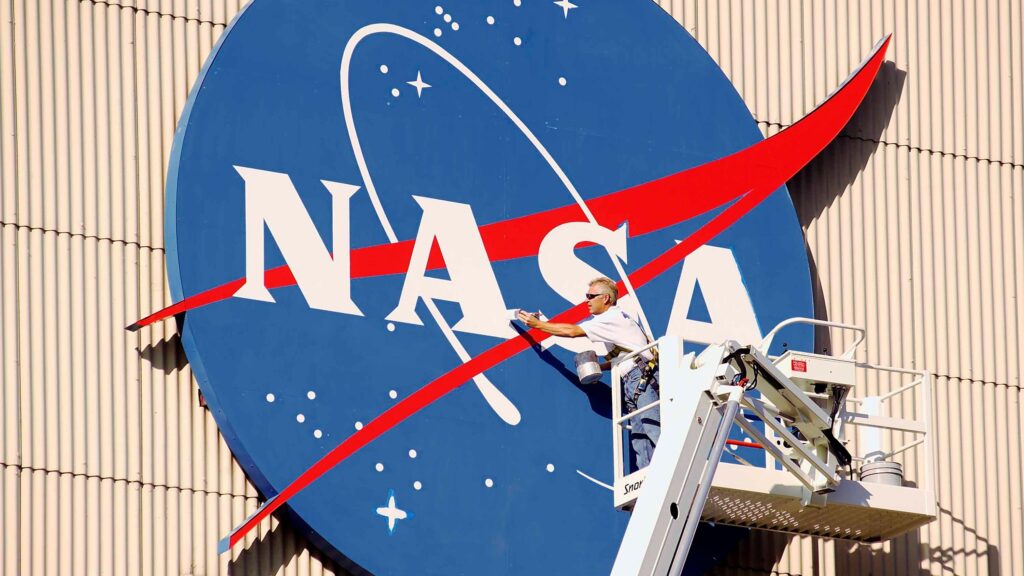As humanity stands on the brink of unprecedented exploration beyond our home planet, the quest for sustainable sustenance in deep space has gained newfound urgency. On August 16, NASA is set to host the highly anticipated finale of the Deep Space Food Challenge Symposium, a pivotal event aimed at revolutionizing how we think about food in the cosmos. This innovative initiative brings together scientists, engineers, and culinary visionaries from around the globe to tackle one of the most pressing challenges of space exploration: how to nourish astronauts on long-duration missions to distant worlds. As we look ahead to future missions to the Moon, Mars, and beyond, the findings and collaborations emerging from this symposium promise to not only enhance our understanding of space food systems but also inspire advancements that could benefit life here on Earth. Join us as we delve into the significance of this groundbreaking event and explore the creative solutions that could reshape the future of food in space and at home.
Exploring Innovations in Space Nutrition for Long-Duration Missions
The quest for sustainable and nutritious food sources during extended space missions has prompted groundbreaking research and innovation in space nutrition. As astronauts prepare for voyages that push the boundaries of human endurance, maintaining a balanced diet becomes essential not only for physical health but also for mental well-being. The upcoming Deep Space Food Challenge Symposium serves as a vital platform for professionals to showcase their pioneering solutions aimed at transforming the landscape of interstellar cuisine. Advancements in multi-functional food technologies and crop growth systems may soon revolutionize how astronauts consume and interact with their meals.
Innovators around the world are exploring various avenues to meet the unique challenges of deep space food production, including:
- Hydroponic systems: Utilizing nutrient-rich water solutions to grow food in microgravity.
- 3D-printed foods: Customizable meals tailored to individual nutritional needs and taste preferences.
- Bioregenerative life support systems: Developing closed-loop systems that recycle waste into food through biological processes.
- Space-friendly preservation techniques: Ensuring food safety and longevity without refrigeration.
To highlight some exciting concepts being developed, consider the following table of potential food products and their expected applications in space missions:
| Food Product | Key Benefits |
|---|---|
| Algae-based Snacks | High in protein and essential nutrients, lightweight. |
| Dehydrated Fruits | Compact, long shelf-life, and packed with vitamins. |
| Lab-Grown Meat | Sustainable protein source that minimizes resource consumption. |

Insights from Leading Researchers on Food Sustainability in Space
As the NASA Deep Space Food Challenge Symposium approaches its finale, leading researchers are sharing groundbreaking insights into the sustainability of food systems in extraterrestrial environments. One prominent researcher emphasized the necessity of closed-loop agricultural systems, which integrate waste recycling and resource conservation to maximize efficiency. This method could pave the way for growing food in space, ensuring astronauts have access to fresh produce while minimizing the environmental impact on other celestial bodies. The focus on edible plant cultivation using hydroponic and aeroponic techniques showcases the potential for soilless growth environments, crucial for long-duration missions where resupplying from Earth is unfeasible.
Moreover, experts are exploring the concept of food preservation technologies that can withstand the rigors of space travel. Their work delves into innovative techniques such as freeze-drying, which not only prolongs shelf life but also retains the nutritional quality of food. Researchers are also investigating microbial food safety, ensuring that food systems can operate efficiently without compromising health. The following table encapsulates some of the key insights discussed:
| Focus Area | Key Insight |
|---|---|
| Closed-loop Systems | Efficient waste recycling and resource use. |
| Soilless Techniques | Hydroponics and aeroponics for sustained food growth. |
| Food Preservation | Techniques like freeze-drying to extend shelf life. |
| Microbial Safety | Ensuring safe food systems during long missions. |

Strategic Partnerships and Collaborations for Future Deep Space Missions
As NASA gears up for the Deep Space Food Challenge Symposium Finale, the spotlight shines on the essential role of strategic partnerships in propelling future deep space missions. Collaborations between government agencies, private enterprises, and educational institutions are becoming increasingly crucial as the complexities of space travel evolve. A few key areas where partnerships are making a significant impact include:
- Innovative Technology Development: Joint ventures facilitate the creation of advanced food preservation and packaging solutions catered to the unique challenges of long-duration space travel.
- Research and Development: Collaborative research initiatives enable the pooling of expertise and resources to enhance nutrition and sustainability in space food systems.
- Supply Chain Optimization: Partnerships with private companies streamline the supply chain of food production, ensuring efficient logistics for interplanetary missions.
Furthermore, as agencies and organizations come together, they often establish comprehensive frameworks for shared knowledge and resource utilization. For example, a recent collaboration outlined in the table below exemplifies the synergy achieved through these alliances:
| Partner | Focus Area | Expected Outcome |
|---|---|---|
| NASA | Food Safety Innovations | Improved shelf life for extraterrestrial food supplies |
| SpaceX | Logistics & Delivery | Efficient transport of food supplies to Mars |
| University Research Labs | Nutrition Science | Enhanced nutritional content for astronaut diets |

Recommendations for Advancing Food Technology in Extreme Environments
Advancing food technology in the harsh realities of space travel requires innovative solutions that cater to both sustainability and nutrition. The focus should be on developing closed-loop systems that can recycle waste into new food sources while ensuring the nutritional needs of astronauts are met. Not only does this maximize resources, but it also minimizes the cargo weight needed for long-duration missions. Collaborations with researchers from diverse fields such as microbiology, agriculture, and engineering can lead to breakthroughs in food production methods suitable for extraterrestrial conditions.
Moreover, it is essential to explore the integration of novel food preservation techniques to extend the shelf life of space food packages. The following strategies could be pivotal in overcoming challenges in food storage in extreme environments:
- Utilizing freeze-drying to enhance food longevity
- Implementing smart packaging that monitors freshness and nutrient levels
- Exploring biomimetic approaches to replicate natural preservation methods
| Strategy | Benefits |
|---|---|
| Freeze-drying | Reduces weight and retains nutrients |
| Smart packaging | Enhances safety and reduces waste |
| Biomimetic approaches | Leverages nature’s efficiency |
In addition to these advancements, cultivating a robust educational framework that emphasizes interdisciplinary learning can empower future innovators to contribute effectively to the field. The incorporation of food science into aerospace curricula, along with practical workshops and simulations based on extreme environments, will cultivate a new generation of thinkers who can tackle the complexity of feeding astronauts over long-term missions. Through such comprehensive strategies, we can redefine food technology’s role in the depths of space exploration.
Q&A
Q&A on NASA’s Deep Space Food Challenge Symposium Finale
Q1: What is the Deep Space Food Challenge?
A1: The Deep Space Food Challenge is an innovative initiative led by NASA to explore and develop sustainable food production systems for future long-duration space missions. It aims to address the unique challenges of food supply on deep space explorations, including nutrient density, preservation, and efficient resource utilization.
Q2: What will happen at the symposium set for August 16?
A2: The symposium finale, scheduled for August 16, will showcase the groundbreaking solutions developed during the challenge. Participants, including researchers, entrepreneurs, and students, will present their food technologies designed for space travel. There will be discussions, demonstrations, and networking opportunities to foster collaboration and inspire further innovation in space food systems.
Q3: How can attendees benefit from the symposium?
A3: Attendees will have the unique chance to interact with leading experts in space food science and technology. They can gain insights into the latest advancements, share their ideas, and establish connections with potential collaborators. Additionally, they will witness the imaginative solutions devised to tackle the complexities of feeding astronauts on long missions beyond Earth.
Q4: Who are some of the key participants in the challenge?
A4: The challenge has attracted a diverse pool of participants, including technology developers, academic researchers, and entrepreneurs from around the globe. Notable institutions and startups specializing in agriculture, food science, and biotechnology are represented, showcasing a wealth of creativity and expertise in addressing the challenge.
Q5: Why is food innovation crucial for deep space missions?
A5: Food innovation is vital for deep space missions due to the lengthy duration and unpredictable environments of space travel. As traditional food supply chains become impractical, sustainable and efficient food production methods are essential. Innovations will ensure that astronauts receive nutritious meals, maintain psychological well-being, and minimize waste while maximizing resources during their journeys.
Q6: How does the challenge align with NASA’s broader exploration goals?
A6: The Deep Space Food Challenge fits seamlessly into NASA’s mission to push the boundaries of human exploration. By prioritizing food sustainability, NASA aims to enable long-term missions to destinations like Mars and beyond. This initiative underscores the importance of interdisciplinary collaboration, technological advancement, and resilience in overcoming the challenges of space travel.
Q7: How can interested individuals participate or learn more?
A7: Individuals interested in learning more about the Deep Space Food Challenge can visit NASA’s official website for updates and resources. While the symposium is primarily for participants and industry professionals, webinars and public discussions may be available post-symposium, allowing broader audiences to engage with the concepts and innovations emerging from this initiative.
Q8: What message does NASA hope to convey through this challenge?
A8: Through the Deep Space Food Challenge, NASA aims to inspire innovation and creativity in addressing one of the many challenges of space exploration. The agency hopes to spark interest and collaboration among diverse fields, emphasizing the need for sustainable solutions that can extend human presence into the cosmos and ultimately foster a deeper understanding of life on Earth.
Wrapping Up
As the countdown to the Deep Space Food Challenge Symposium finale approaches, excitement and anticipation fill the air. This event not only marks the culmination of innovative ideas and culinary experimentation, but also signifies a pivotal step forward in humanity’s journey beyond Earth. The solutions born from this challenge could redefine how we nourish astronauts on long-duration missions, ensuring that they are well-fed, healthy, and ready to explore the cosmos. As we prepare to witness the innovative presentations and collaborate on groundbreaking concepts, let us remember that the future of space exploration is not just about reaching new planets but also about sustaining life in the vastness of space. Join us as we celebrate the ingenuity of human spirit and the potential that lies ahead, propelling us towards a future where the stars are within our reach—one delicious bite at a time.

